Contents
Winter is over! Hip hip hooray! And while it may not feel like shorts and sandals weather yet (here in New York, we’re still battling the last few snow flurries), believe it or not buds are blooming and veggies are growing. Soon farmers’ markets will be bursting with a bevy of seasonable vegetables, perfect for some light, spring cooking. And while these days it’s easy to find whatever your heart desires year round in supermarkets, there really is nothing better than eating vegetables when they’re actually in season. Check the list below for some great vegetables to look out for this spring.

photo credit: saveur.com
Harvested from March through June, Asparagus are a great, versatile spring vegetable. Rich in vitamins A, C, E, and K as well as antioxidants and gluthathione (helpful for breaking down carcinogens), Asparagus is one of the best veggies out there. It comes in the typical green, but also white and even purple varieties. Depending on when it is harvested, you can get thin baby stalks or large meaty ones. However, the flavor, tenderness, and nurtitional value of Asparagus deteriorates quickly, which makes it the perfect veggie to buy fresh from a local farmer’s market. Steam, roast, or grill them with a bit of olive oil and garlic –mwah! you can’t go wrong.
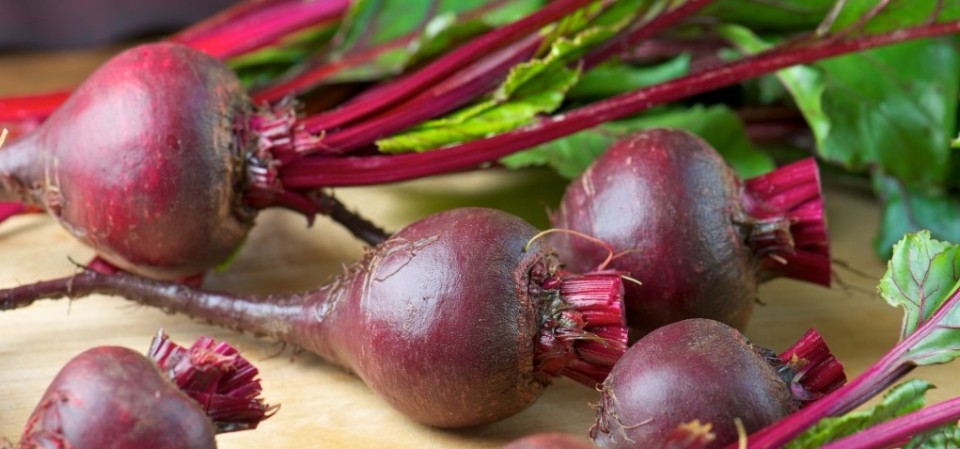
photo credit: amishhealthyfoods.com
Though beets are a great winter vegetable, the early spring beets, complete with green leafy stems, are especially sweet and tender and many prefer them over the larger winter variety. Not only that, but the greens themselves are super duper healthy (yes, that is a technical term), jam packed with nutrients like protein, phosphorus, zinc, fiber, magnesium, manganese, vitamins A, B6, C, calcium and more iron than spinach (take that, Popeye). That’s quite a laundry list of goof stuff. Roast your sweet, tasty spring beets and serve them over a bed of lightly sauteed beet greens for the ultimate beet meal.

esabet.blogspot.com
Similar to beets, radishes are also especially yummy in the spring (though easily grown year long). This spicy, crunchy veggie is a great addition to a fresh spring salad, but is also equally delicious roasted with brussels sprouts or other meaty vegetables. Best of all, radishes are hardy and grow extremely quickly, meaning with very little time and effort you can have your very own, fresh-from-the-earth radishes this spring!

photo credit: bakedalaskaproject.blogspot.com
Morel mushrooms are a favorite of foodies and foragers alike. They have a short growing season of just a few spring months and are famously a pain in the butt to grow commercially, which makes them an especially rare springtime treat. Check specialty stores or farmers markets to find some locally foraged morels (I don’t recommend running out into the forest on your own, blindly picking mushrooms and stuffing them in your face. You might die). They’re high in vitamins B, D and iron, and have a strong earthy, nutty flavor. Any mushroom fan should be sure to add morels to their springtime grocery list.
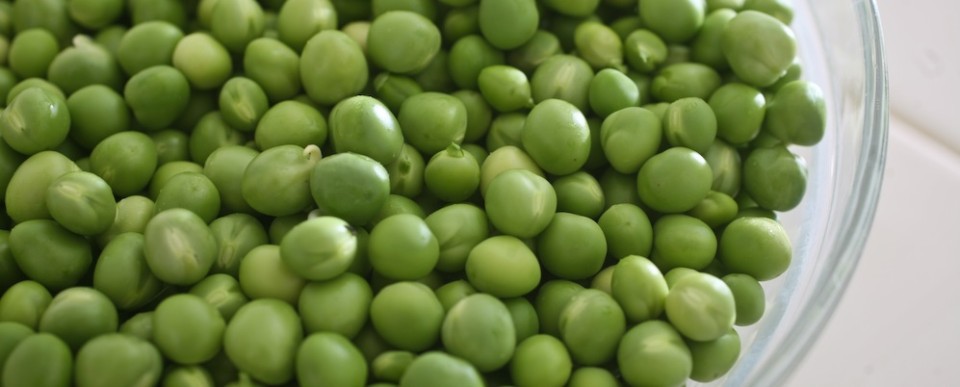
photo credit: projectdinnerparty.blogspot.com
Ok, so peas might win for having the longest list of healthy stuff in them. Here goes: Vitamins C, K, A, and B-complex vitamins like panthothenic acid, niacin, thiamin, and pyridoxine. As well as minerals like calcium, iron, copper, zinc, manganese, and high levels of folic acid, phystosterols (which help lower cholesterol), and anti-oxidants –and I’m sure there are more I missed. That’s quite a lot of health benefits for such a small little veggie. Not to mention, the pods are equally nutritious. And best of all, they’re delicious. East them raw, in the pod or out; or steam them briefly and serve with a bit of butter and salt.
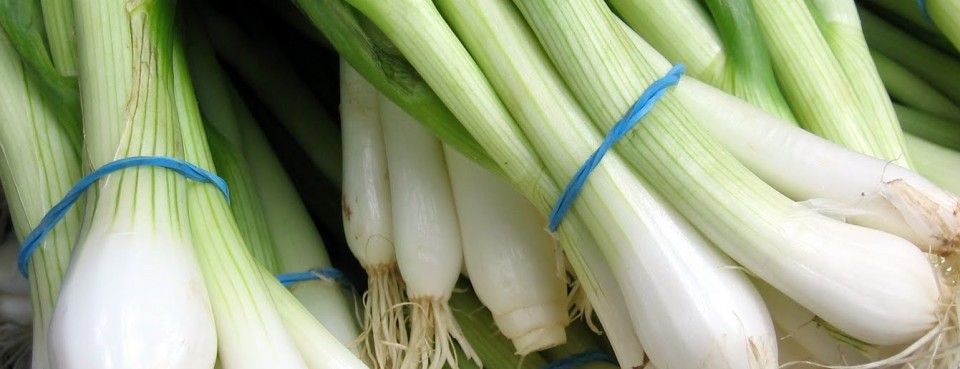
photo credit: highlandkitchen.blogspot.com
I don’t know about you, but I’m good and sick of those big yellow onions I’m stuck cooking with all winter. Time for some spring onions, friends! Spring onions are basically just really young green onions whose bulbs have yet to swell. You can use the entire plant –both the small, white bulbs and the top stems (shallots, anyone?) –and they have a nice, mild onion flavor. Onions are also a great source of vitamins C and K, and have carotenoids (great for your eyes) and anti-bacterial and anti-viral properties.
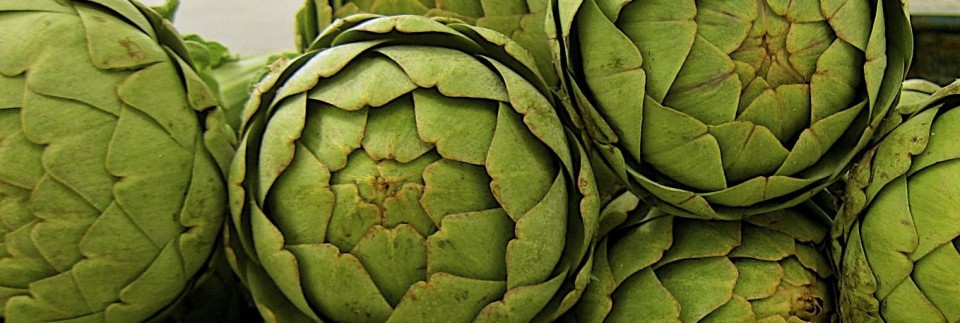
photo credit: tastingadventure.com
Though they have a smaller, secondary crop in the fall, Artichokes are mainly harvested in the spring. A great, meaty vegetable, artichokes are a wonderful addition to many dishes. I personally love adding them to pasta dishes, however when I can get them fresh, I love to eat them all by their lonesome. Though they take some work, fresh aritchokes are totally worth it. Steam the whole thing, pull the leaves off, dip them in some butter and enjoy!
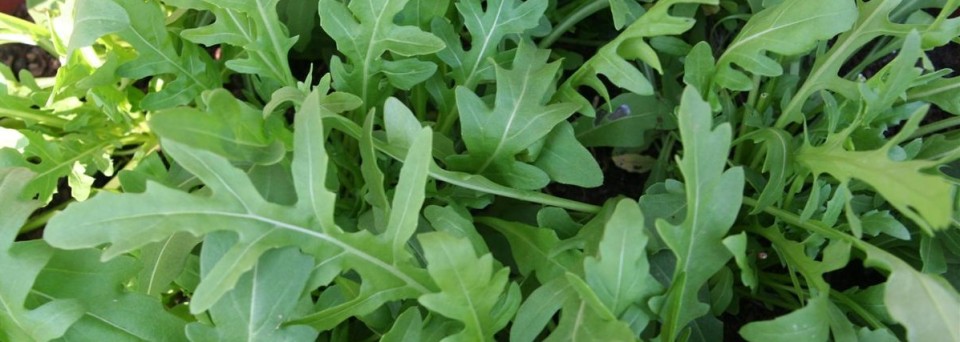
photo credit: theplantfarm.wordpress.com
Like any cruciferous vegetable, Arugula is a great way to pack a bunch of vitamins and nutrients into your diet. High in vitamins A, C, K along with folate, calcium, and nitrates, arugula has been shown to lower blood pressure and is a great way to lower your risk of cancer. If the weather is too hot, arugula comes up particularly bitter, which is why cool, spring temperatures make for a perfect arugula crop. Arugula tastes great sauteed with olive oil and garlic (but then again, most things taste great sauteed with olive oil and garlic) and are a fun addition to any salad.

photo credit: traditionalroots.org
If you’re looking to venture off the beaten vegetable path, why not try some fiddleheads. Fiddleheads are the tops of ostrich ferns, which pop up along the forest floor after the last frost. They’re a great source of vitamin A, along with vitamin C, iron, copper, and potassium. And while they certainly are not as commonplace as broccoli or carrots, they are every bit as tasty –often compared to the artichokes, green beans, and even mushrooms. Just be sure not to over cook them; like asparagus, fiddleheads are best when they still have a bit of crunch to ’em.
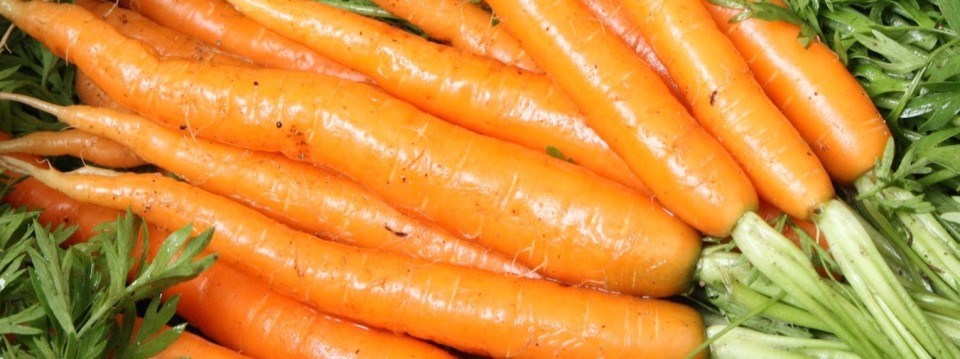
photo credit: wayanadnoticeboard.com
Ok, so it’s easy to get carrots all year round, and goodness knows, they certainly don’t need any publicity. So, let’s talk about baby carrots. Now, when I say “baby carrots,” I don’t mean those weird, shiny, bullet shaped nuggets sold in bags. I mean sweet, yummy, greens-still-attached, actual baby carrots, that have been harvested early to make room for the rest of the crop to reach maturity. Try them raw as a great snack, or cook them in anyway you might cook the “grown-up” carrots, your dish will be extra flavorful.
What are your favorite springtime veggie recipes? Be sure to share them in the comments below.
Lauren is a New York based actor/singer/writer. She is a graduate of the American Repertory Theater/Moscow Art Theater School Institute for Advanced Theater Training at Harvard University as well as the College of the Holy Cross. She’s a fan of beer, pasta, and academic establishments with unnecessarily long titles. Find her on stage, or online– she’s there often.